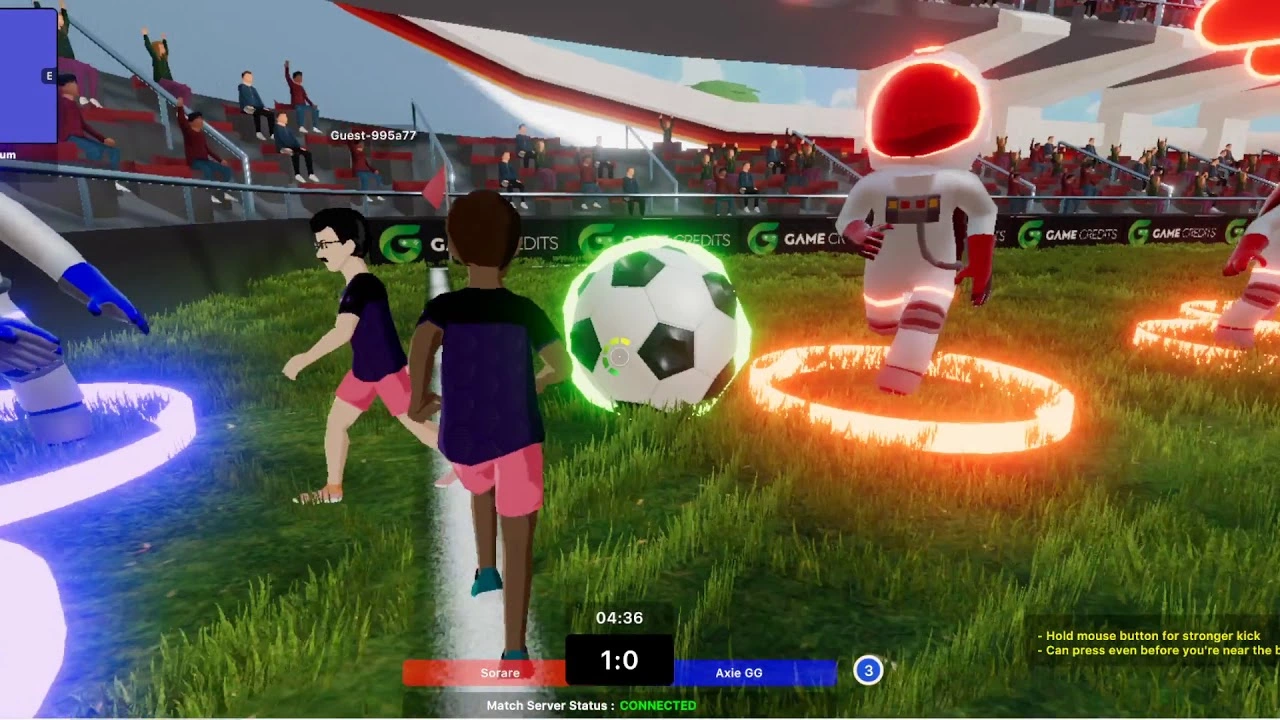Digital Sports Games: What They Are and Why They Matter
When talking about digital sports games, interactive software that recreates real‑world sports experiences for entertainment, training or competition. Also known as virtual sports titles, they blend game design with real‑time data to let players manage, compete, or analyze sports without stepping onto a field. soccer management simulations, strategic games where you control a football club’s tactics, transfers and finances are a core sub‑type, while eSports, organized competitive play of digital titles, often streamed to millions represents the high‑stakes tournament scene. Together they illustrate how digital sports games encompass both casual fan experiences and serious performance tools.
Key Related Worlds Shaping Digital Sports Games
The rise of sports analytics software, platforms that crunch player data to improve tactics and scouting has turned many games into training labs. Coaches use these insights to fine‑tune line‑ups in sim titles, while gamers apply them to dominate online leagues. Meanwhile, virtual training environments, VR or AR setups that let athletes practice techniques in a risk‑free setting blur the line between play and practice. The interaction goes both ways: real‑world data feeds the games, and the games generate new ideas for on‑field strategies. This feedback loop is a classic example of a semantic triple: "Digital sports games require sports analytics software," and "Sports analytics software enhances virtual training environments," creating a network that fuels both industries.
For beginners, the most approachable entry point is a soccer management simulation that lets you experiment with formation changes, player development, and budget constraints. Intermediate users often jump into eSports leagues, where teamwork, reflexes and meta‑game knowledge matter. Advanced players may combine both, using analytics dashboards to track performance metrics across multiple titles and even feeding those stats back into real‑life coaching sessions. This tiered progression shows how the central entity connects to skill development, community engagement, and professional application.
Below you’ll find a curated collection of articles that dive deeper into each of these areas – from match‑day breakdowns of real clubs that inspire game mechanics, to how the latest Ballon d'Or champion influences player ratings in sims, and practical tips for leveraging analytics in your virtual training routine. Whether you’re looking to boost your in‑game performance or see how digital sports games are reshaping real‑world soccer, the posts ahead give you concrete examples and actionable insights.
